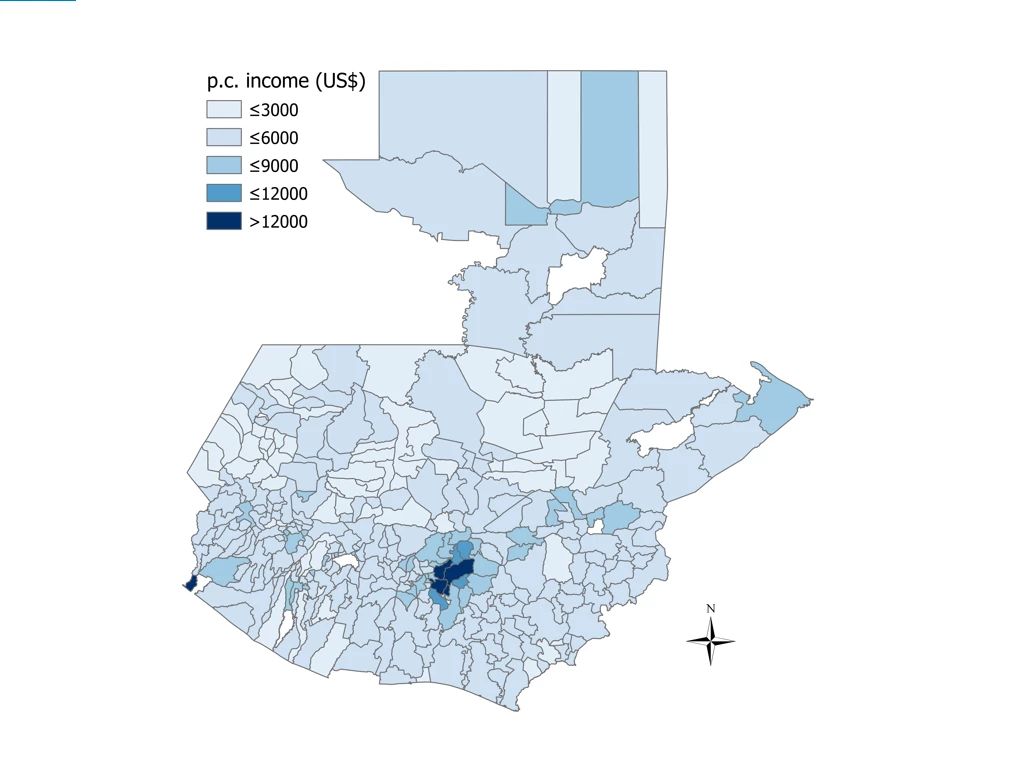Cross-sector collaboration is more important than ever – and needs to be done in a better way. Governments now face a $2.5 trillion funding gap to meet the Sustainable Development Goals, and will need $90 trillion in public private investment to slow the dangerous effects of climate change, according to a UN report.
The potential for partnerships to solve problems faced by the public sector dominates the news: in the United States, the new government has announced plans to prop up a $1 trillion infrastructure plan with public private partnership (PPP) financing. In the wake of the Grenfell Tower fire tragedy, questions have arisen over the UK’s current method of outsourcing.
With ever-shrinking government budgets, the need for collaboration across all sectors – not just infrastructure, but environment, education, migration and many others – is more pressing than ever. Now is the time for government to get it right.
“There was mistrust on all sides: government, private sector, and the public. Services do not improve overnight – it requires patience – so bringing the private sector on board was quite a big challenge,” said Kemkhadze. Nepal struggled with dissent from citizens, who were skeptical about private sector involvement in public services.
Nepal’s Government could have learned from a partnership between the Pakistani Government, the European Union and a non-profit, which provided electricity to 365,000 Kalam Valley villagers for the first time by installing micro-hydro schemes. The project was met with resistance from the start, as the community had had a negative experience with electricity installation in the past and was wary of intervention from outsiders. The government and the non-profit worked with villagers in small groups to overcome opposition, and won them over by involving them directly in the governance of the plants. They trained villagers to oversee and manage the mini plants, then transferred ownership to the locals, giving them a sustainable source of income.
Governments from all over the world use partnerships to solve the same problems – and repeat each other’s mistakes. I see that all the time writing about PPPs for Apolitical, a peer-to-peer learning platform for governments. On Apolitical, practitioners can read more than 300 case studies that break down each partnership model’s successes, challenges and costs. Users can directly contact the person behind the project via our platform for more information on implementation. Apolitical highlights the innovations that arise from the public, private and non-profit sectors working side-by-side .

As we write about the hundreds of partnerships that populate the Apolitical platform, potential for replication becomes evident. The City of Toronto, which is spending $1 billion to rebuild a crime-ridden social housing development, could learn from New Orleans, where city officials are using revenue from an on-site golf course to fund a similar low-income housing revitalization. In Mexico, where less than half the population has Internet access, the government is hoping to bridge the divide by building digital cafes in poor neighborhoods. Mexican officials could benefit from speaking to the New York City government, which provides free Wi-Fi to all residents through an advertiser-funded partnership that will yield a $500 million profit for the city.
We believe governments should be working with businesses, non-profits and NGOs to achieve their goals – but they could be doing so more effectively. To solve the complex social problems facing our society we need collaboration not just between sectors, but between governments.
Disclaimer: The content of this blog does not necessarily reflect the views of the World Bank Group, its Board of Executive Directors, staff or the governments it represents. The World Bank Group does not guarantee the accuracy of the data, findings, or analysis in this post.
Related Posts:
A global conversation about collaborating for better infrastructure deliveryWhy collaboration is fundamental to solve very complex problems with Alison Gold



Join the Conversation